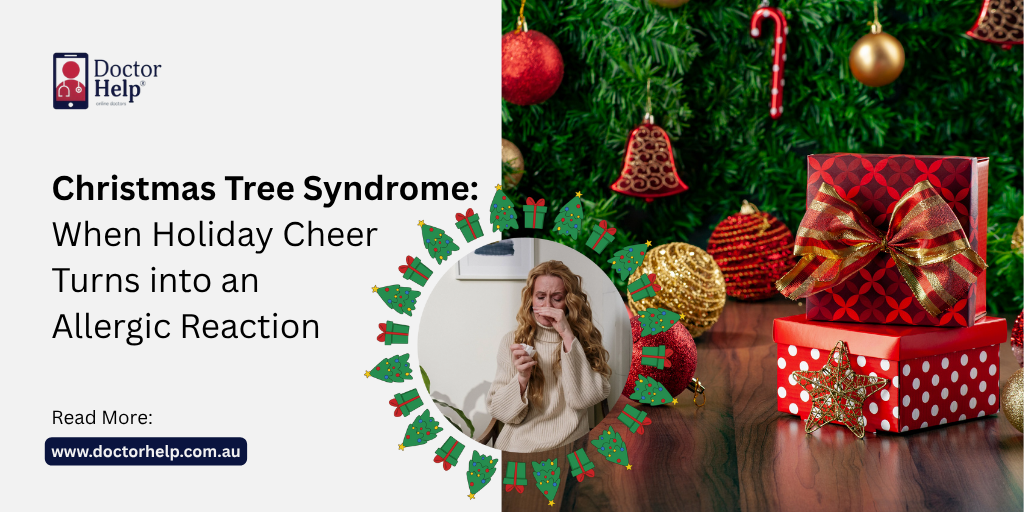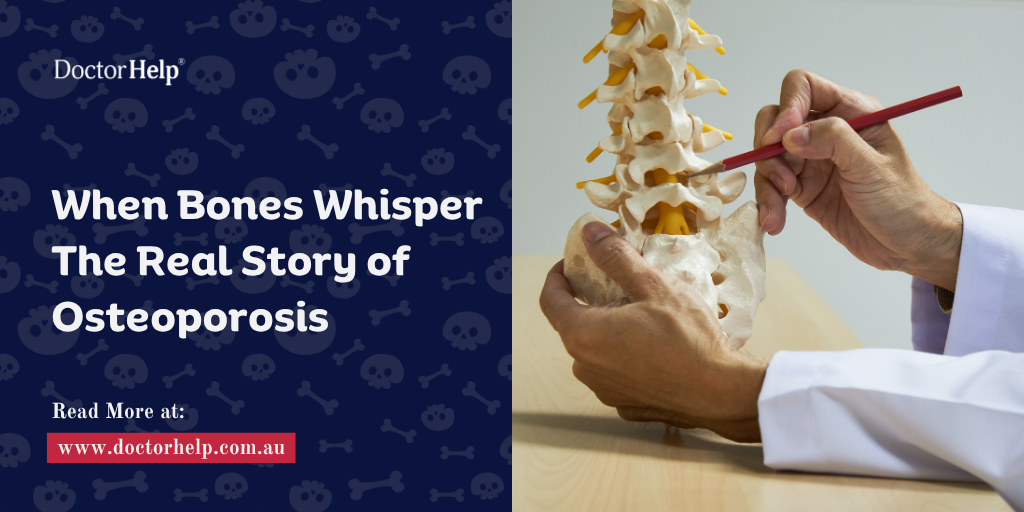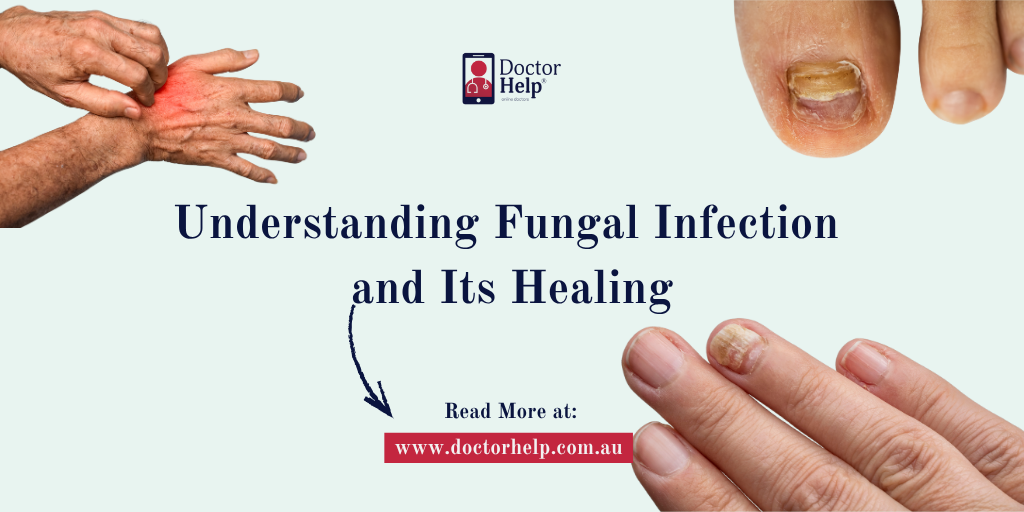Table of Contents
Every December, families across Australia bring home their delight, branches shimmering with lights and baubles, whether from a fresh pine or a well-stored artificial tree. But for some, that seasonal symbol carries a hidden risk: Christmas tree syndrome, a phenomenon where Christmas trees trigger an allergic reaction. In this article, we will discuss the science, the symptoms, which trees are safer, and how to enjoy the festive season without turning it into a bout of wheezing or sneezing.
What Is Christmas Tree Syndrome?
The term “christmas tree syndrome” refers to an allergic reaction caused by allergens associated with either live trees (real christmas tree) or artificial trees. Though the name sounds whimsical, the symptoms are anything but. According to the National Asthma Council Australia, this syndrome can result in wheezing, sneezing, coughs, sore eyes, and even trigger serious asthma exacerbations.
Paradoxically, both real and artificial trees can be culprits: real trees can carry pollen, mould spores or other allergens; artificial trees may harbour dust, dust mites, or mould accumulated during storage.
In Australia, it’s estimated that around 6 percent of people experience some sensitivity to these allergens during the festive season.
Why Real Christmas Trees Can Trigger Allergies
When you bring a live tree indoors, the problem is not only the tree itself, but what it has intercepted before cut-down. Cypress, pine, or fir trees can act as “pollen traps,” collecting pollen from grasses or weeds in their environment. Once the tree is cut and begins to dry, that pollen loosens and circulates in your home.
Added to that, mould spores can grow in damp parts of the tree or bark, especially if transported or stored under moist conditions. These spores may release into the air as humidity fluctuates.
For someone with pre-existing respiratory sensitivity, these triggers may provoke asthma, wheezing, or aggravate allergies manifesting in sneezing, coughs, sore eyes.
Why Artificial Trees Are Not Risk-Free
When Christmas tree syndrome strikes, symptoms often mimic those of seasonal colds or hay fever but the timing and pattern give away the culprit.
Typical signs of an allergic reaction in this context include:
- Wheezing or tightening of the chest
- Sneezing bouts soon after installing the tree
- Coughs that persist, especially indoors
- Sore eyes, redness, or itchiness
- Worsened asthma symptoms or respiratory distress if you already have asthma
If these signs appear shortly after you set up your tree (or while it remains indoors), they should raise suspicion of tree-induced allergy.
Guidelines & Recommendations from Australian Experts
Here’s what the National Asthma Council and related bodies recommend:
Tips for Real Christmas Trees (Live Trees)
- Hose it down outdoors before bringing the live tree in, this washes off surface pollen and mould.
- Trim the base (roughly 2.5 cm) so the tree stays hydrated and sheds less dust.
- Keep the tree well watered, a drier tree sheds more particles.
- If symptoms worsen, move the tree outside or to a less used room.
Tips for Artificial Trees
- Shake the tree outdoors before erecting it indoors to dislodge dust.
- Vacuum and wipe surfaces (branches, decorations) with a damp cloth to remove residual dust and mould.
- When packing it away, use airtight sealed boxes or plastic bags to prevent dust accumulation.
Managing Asthma & Allergy Risk
- Always follow your asthma action plan and keep reliever medication at hand.
- If symptoms escalate beyond mild discomfort, seek prompt medical attention.
- Be aware of other triggers in your home (pets, dust, mould) and control them to reduce overall allergen load.
These recommendations align with broader Australian guidelines for respiratory health.
Choosing Between a Real Christmas Tree and Artificial Trees
There’s no one specific answer, your decision should consider both allergy risk and emotional resonance. Here’s a comparative look:
| Factor | Real Christmas Tree | Artificial Tree |
| Fresh scent & tradition | Yes | No |
| Source of pollen/mould | High risk if untreated | Low risk if cleaned |
| Maintenance (watering, cleanup) | Needed | Minimal |
| Long-term cost & reuse | Seasonal purchase | Reusable for years |
| Allergen control ease | Challenging | Easier to sterilize and store |
If you’re someone with asthma or strong allergy tendencies, an artificial tree can be safer, provided you treat it with care. If you prefer real trees, be diligent with the cleaning steps.
Final Thoughts & Next Steps
Christmas tree syndrome can seem like an unseen enemy that is coming in with the holiday but it can be controlled. By taking evidence-based actions, according to the Australian respiratory experts, and taking care of both real christmas trees and the artificial ones, you will be able to minimize the risks of wheezing, sneezing, coughs, sore eyes and asthma attacks.
In case you feel that your symptoms are getting worse or just want to have professional confirmation, do not hesitate to contact. At Doctor Help, we facilitate consultations that are based on sympathy and experience, and our GPs ensure you have a wonderful time at the holiday without having to lose your health.
Let’s plan your healthiest Christmas, book an online consultation today and breathe into the season with confidence.
Reference:
- The National Asthma Council Australia. (n.d.).
https://www.nationalasthma.org.au/living-with-asthma/resources/patients-carers/factsheets/christmas-trees-and-asthma - The National Asthma Council Australia. (n.d.-b).
https://www.nationalasthma.org.au/news/2023/dont-let-christmas-tree-syndrome-ruin-your-festivities - Jones, A. (2023, November 29). Christmas trees could trigger allergies & asthma attacks, experts warn – Institute for Respiratory Health. Institute for Respiratory Health.
https://www.resphealth.org.au/2023/11/christmas-trees-could-trigger-allergies-asthma-attacks-experts-warn/ - The National Asthma Council Australia. (n.d.-c).
https://www.nationalasthma.org.au/news/2021/asthma-experts-warn-about-christmas-tree-syndrome














